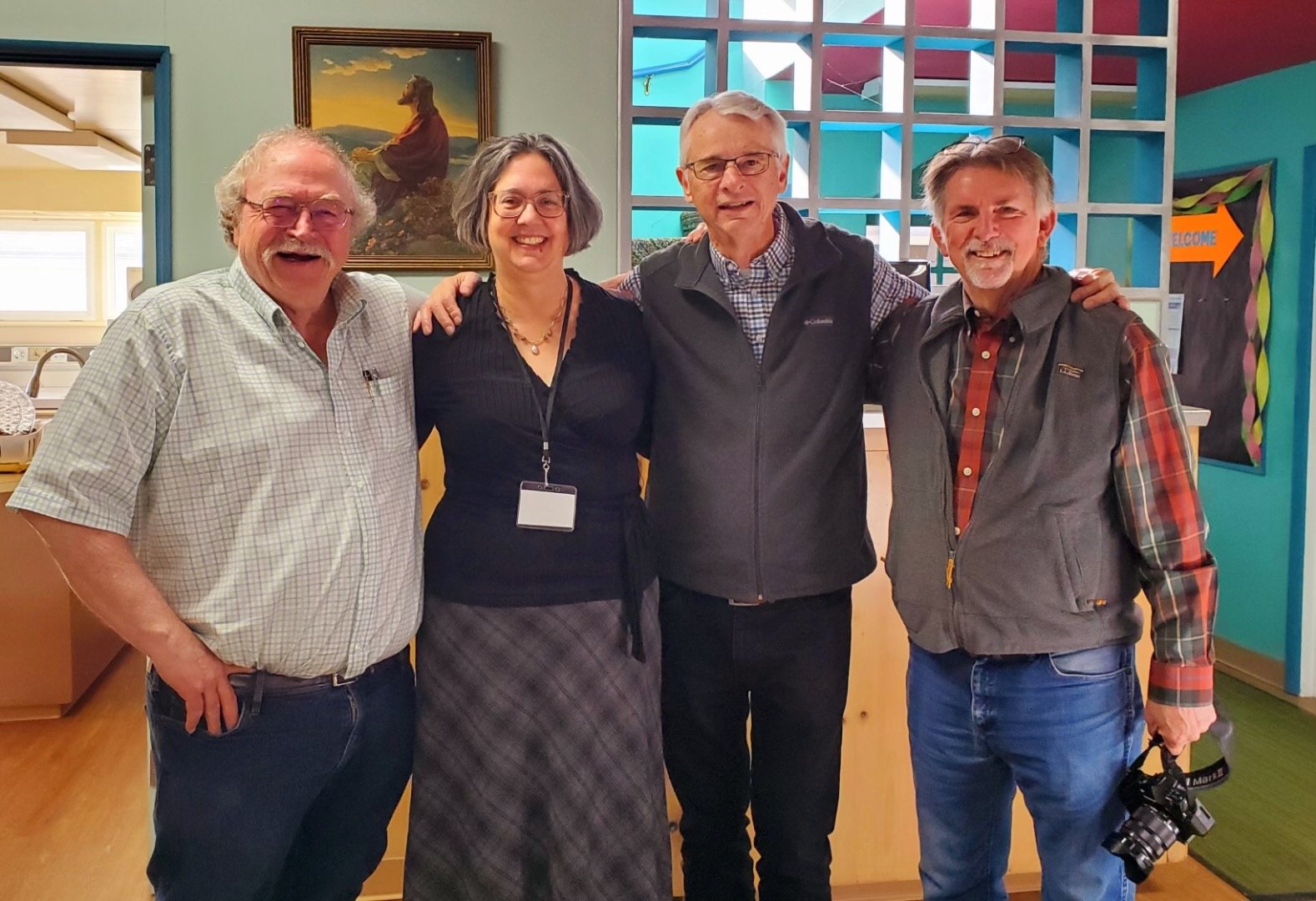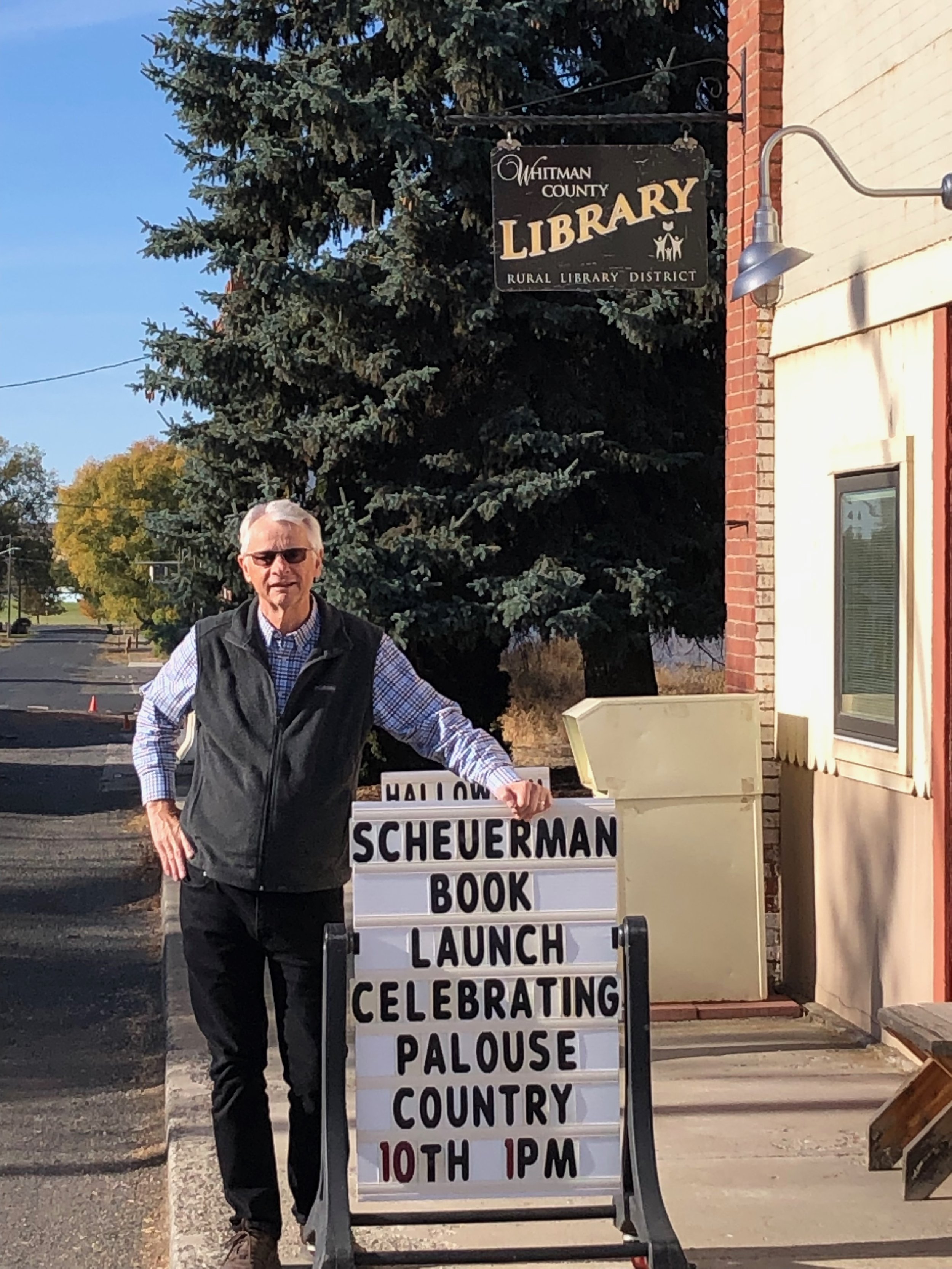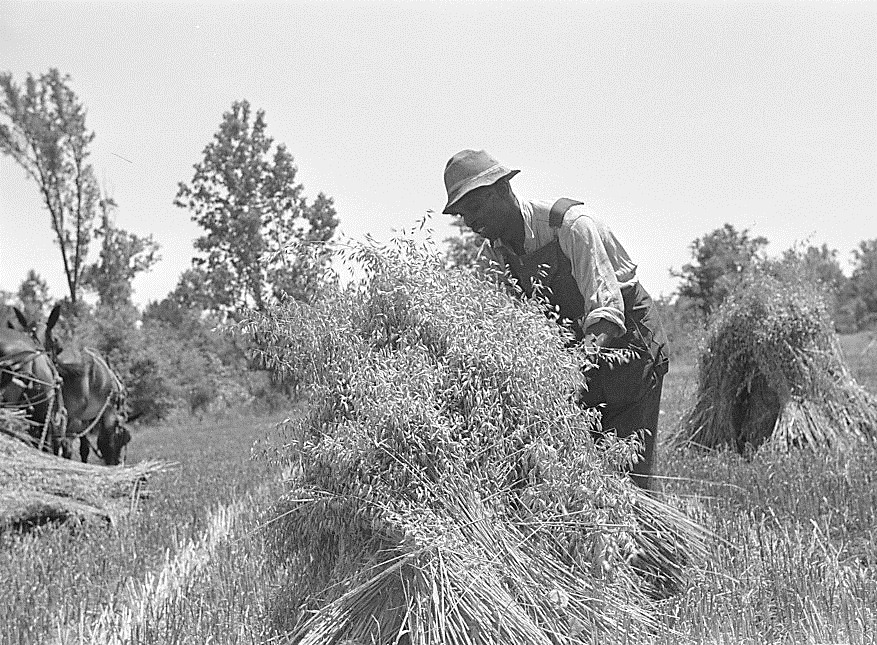In some exciting news, WSU Press has published a new edition of Palouse Country. Written by Palouse Heritage’s own Richard Scheuerman, filled with stunning photos by award winning photograph John Clement, and with an introduction by friend Alex McGregor, many are excited to get their hands on this updated version of the authoritative book on the Palouse region, covering its history and remarkable landscapes.
A recent review by The Inlander describes it well:
After being out of print for more than a decade, a masterful history of the land and people of the Palouse is back in print, and just in time for its 30th anniversary. Celebrating Palouse Country: A History of the Landscape in Text and Images contains plate after plate of luminous photos by John Clement, many newly chosen for this edition. Clement has a gift for capturing every season's often hauntingly beautiful light to show off natural and human-made elements of the diverse Palouse landscape. Also included are countless historic photos and maps.
What is a happy surprise in such an eye-candy of a book is Richard Scheuerman's carefully detailed and fascinating text, much of it updated for this version. Starting with a primer on the region's geological origins, he delves into seemingly every aspect of the region's human and natural history, from the native plants and animals to Indigenous peoples, later settlers and farming. Ever wonder where the wheat varieties grown on the Palouse hailed from? Scheuerman has you covered.
…
As a former teacher and later the head of the master's in arts and teaching program at Seattle Pacific University, Sheuerman's text is packed with verbal imagery, a worthy partner to Clements' photography. The two count Palouse historian and rancher Alexander C. McGregor, who writes a new foreword, as a member of their "three amigos." Scheuerman says credit also goes to Linda Bathgate, editor in chief at Washington State University's Basalt Books, for suggesting a new 30th anniversary version while they were out driving the roads of the Palouse as part of another project.
You can purchase your own copy of Palouse Country here.
Palouse Country contributors from L to R: Alex McGregor, Linda Bathgate from WSU Press, Richard, and John Clement








